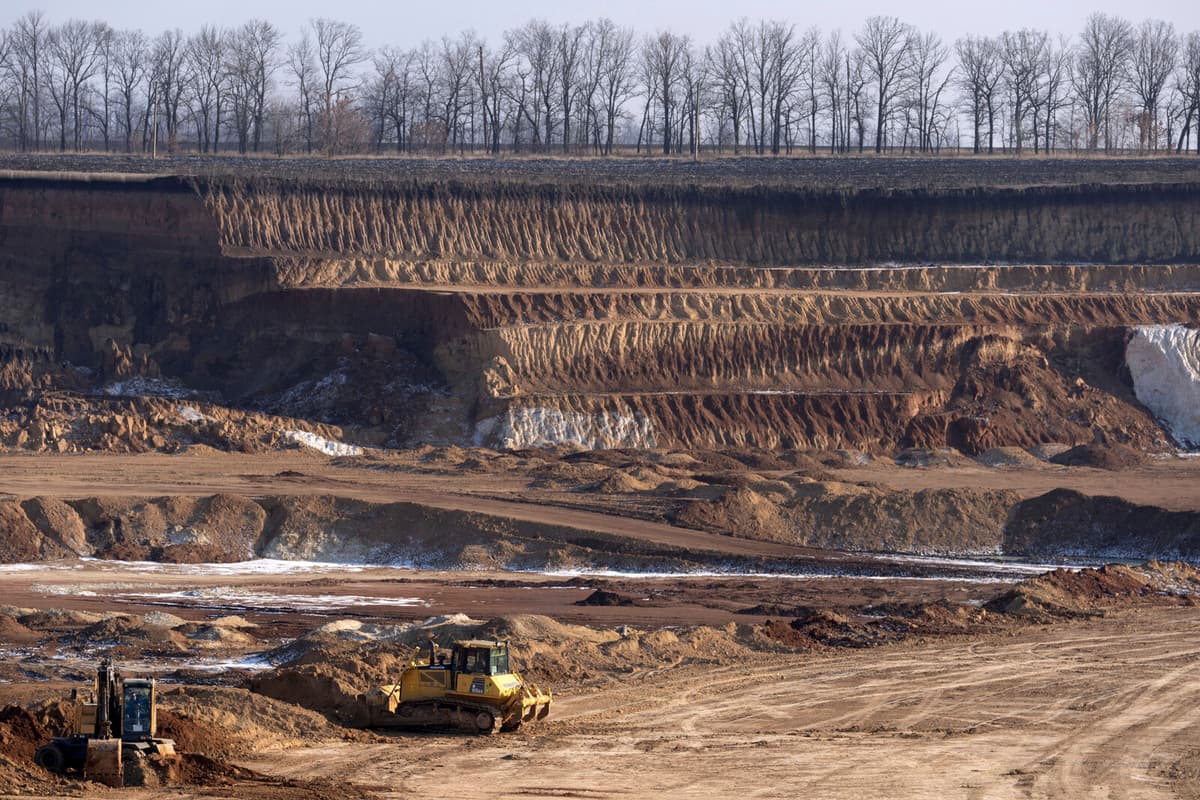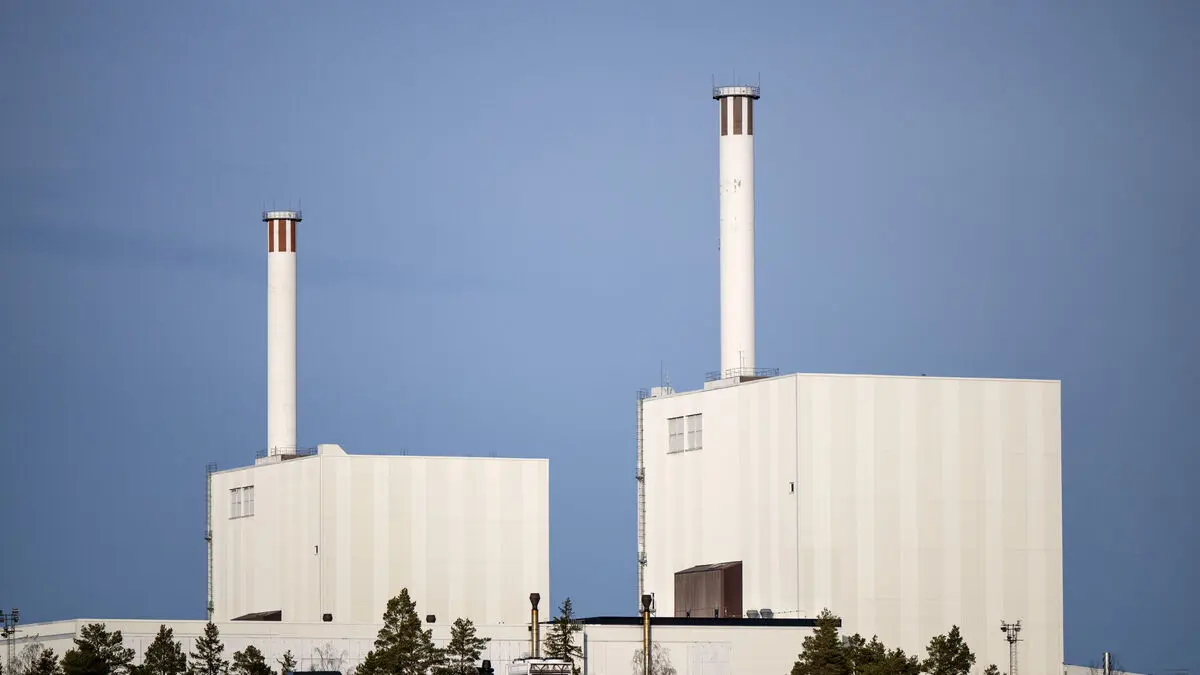Rare earth metals have come into focus as the USA wants to make a deal with Ukraine, where US President Donald Trump wants compensation for his support to Ukraine.
Ukraine has around five percent of the world's mineral deposits and ranks 40th among the world's mineral-producing countries, according to World mining data from last year. The country tops the world lists when it comes to iron, manganese, titanium, and graphite.
However, a lot of exploration is required to know if the country has extractable finds of the 17 elements classified as rare earth metals, according to Alireza Malehmir, professor of applied geophysics at Uppsala University.
Often, they are found together with other minerals that are then dominant – such as iron.
To be able to say that you have rare earth metals, you must first find the main raw material. Ukraine has that, so there may be potential, says Malehmir.
Highly Uncertain
But if they can be found, how large the finds are and whether they can be extracted is currently highly uncertain. Moreover, peace in the country is required to make the enormous infrastructure investments needed to begin extraction.
For example, in Sweden and globally, from the time you find evidence to the time you start mining – with all environmental considerations, access to water, and qualified personnel – it usually takes five to ten years.
He believes that the USA is primarily interested in critical minerals, such as lithium and titanium, which are already being extracted in Ukraine. They are important for modern technology, just like rare earth metals.
"Some Confusion"
I think there is some confusion, Ukraine has critical minerals but not rare earth metals in that sense. They certainly have lithium and some rare earth metals, but several other countries have that, he says, emphasizing the difference between what is known to exist and what may exist in the ground, says Malehmir.
Trump is said to have demanded rare earth metals worth $500 billion. Alireza Malehmir compares the sum to the $200 billion that the world's largest mining companies are worth – together.
With $500 billion, you could invest a lot. You could take over copper production worldwide.
Rare earth metals are a group of elements, including:
Lanthanum (La), cerium (Ce), praseodymium (Pr), neodymium (Nd), promethium (Pm), samarium (Sm), europium (Eu), gadolinium (Gd), terbium (Tb), dysprosium (Dy), holmium (Ho), erbium (Er), thulium (Tm), ytterbium (Yb), and lutetium (Lu).
Sometimes, scandium (Sc) and yttrium (Y) are also included.
The group is often abbreviated as REE, after the English term rare-earth elements.
Source: Swedish Geological Survey





